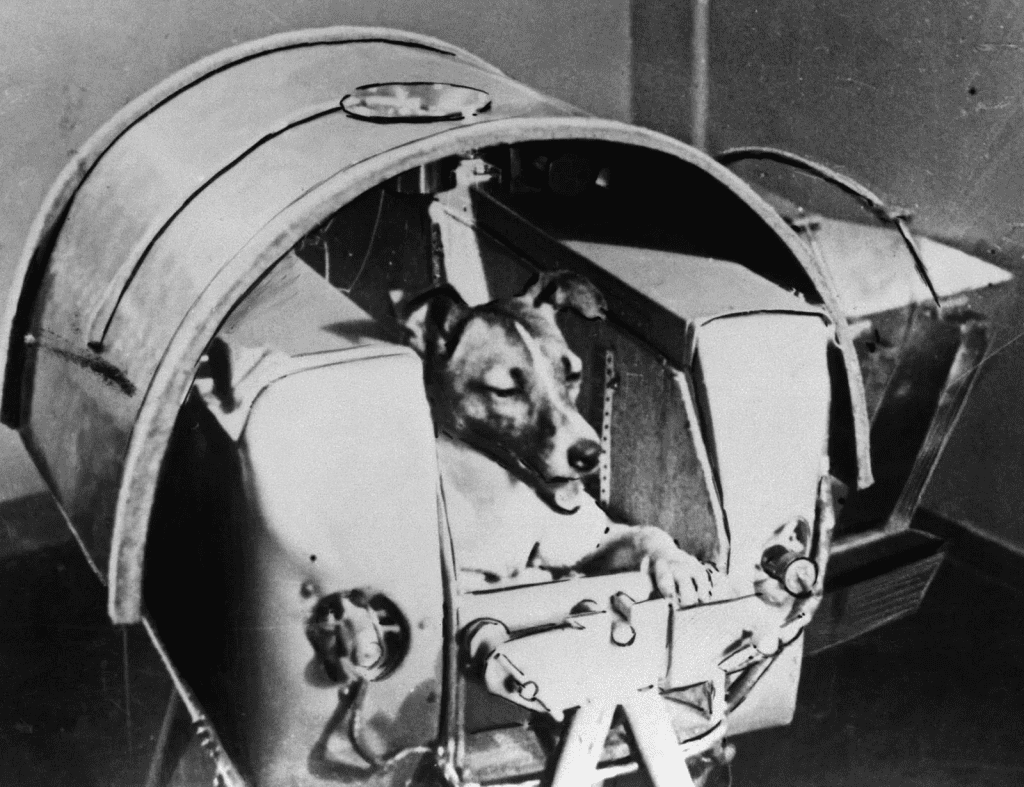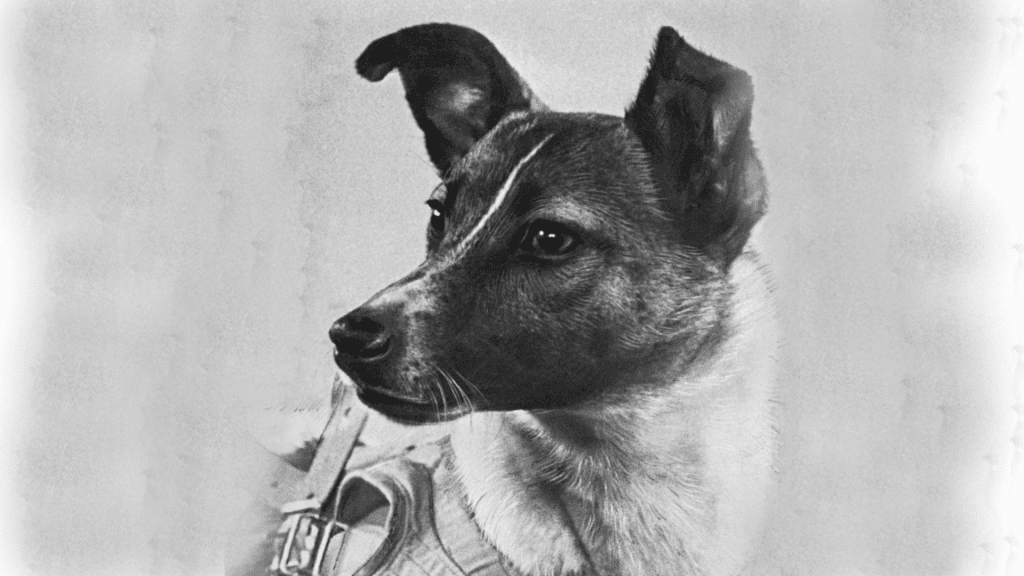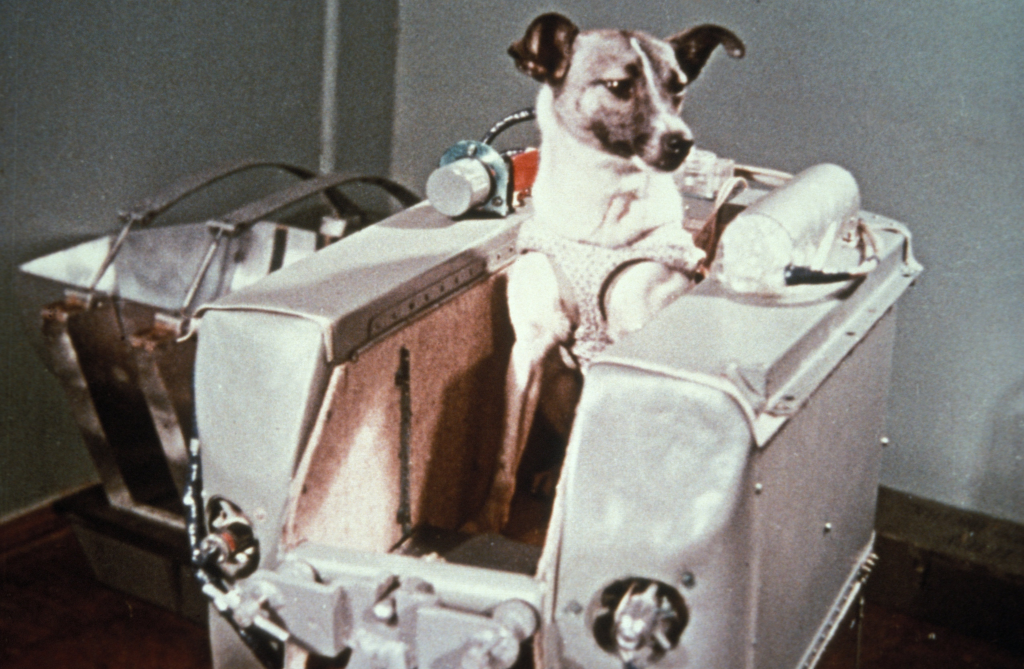In the annals of space exploration, few names are as quietly haunting as Laika. She wasn’t a scientist, an astronaut, or a hero by choice. Laika was a stray dog plucked from the streets of Moscow a living symbol of human ambition and sacrifice.
On November 3, 1957, Laika became the first living being to orbit the Earth aboard Sputnik 2, launched by the Soviet Union. But her journey wasn’t a triumph for all. It was a one-way mission, and her story remains one of the most bittersweet chapters in the history of space travel.

A Dog from the Streets
Laika’s early life is mostly unknown. She was just one of many homeless dogs roaming the Soviet capital. Chosen for her small size and calm temperament, Laika was trained alongside other strays in preparation for the USSR’s bold plan: to launch a living creature into space before the United States could.
Why a stray? Soviet scientists believed dogs who had survived the harsh conditions of street life would handle the physical stress of spaceflight better. In many ways, Laika’s resilience was what sealed her fate.

A Mission Doomed from the Start
Unlike modern space missions, Sputnik 2 wasn’t designed with a return plan. The spacecraft had no re-entry system, no parachutes, no rescue operation on standby. Laika was never meant to come home.
Though Soviet officials initially claimed she survived in orbit for several days before being euthanized with a carefully timed dose of poisoned food, the truthv revealed decades later was far more tragic.
Video:
60 years on – Laika the dog in space | euronews 🇬🇧
Laika died within hours of launch, likely from overheating caused by a malfunction in the spacecraft’s temperature control system. Alone and terrified, she spent her final moments in a small metal capsule, orbiting a planet that was still learning how to reach the stars.
The Political Context
Laika’s mission wasn’t about science it was about politics and propaganda. The Soviet Union had already shocked the world by launching the first artificial satellite, Sputnik 1, just a month earlier. With Sputnik 2, they sought to prove their technological superiority again this time with a living passenger.
But the rush to beat the Americans came with a price. The spacecraft was hurriedly built in less than a month. There was no time for testing, refinement, or reconsideration. Laika was chosen, trained, and launched without any hope of return.
To the public, she was celebrated as a pioneer, a symbol of progress. In reality, she was expendable, sacrificed for glory.

The Aftermath and Reflection
It took decades for the full truth of Laika’s fate to emerge. In 2002, a Russian scientist involved in the mission publicly admitted that Laika had died much sooner than originally reported. The news sparked worldwide reflection on the ethics of animal testing and the price of rapid scientific advancement.
Video:
What Happened to Laika in Space? *The Space Dog*
In Russia and around the world, memorials to Laika have since been erected. One of the most notable is a small monument in Moscow, unveiled in 2008, showing her perched atop a rocket-shaped pedestal. It’s a quiet tribute to a creature who gave her life without ever understanding why.
Laika’s legacy helped lay the foundation for human spaceflight. Her mission provided critical data on the effects of space travel on living organisms. Without her sacrifice, Yuri Gagarin who became the first human in space just four years later might never have made it.
A Voice That Still Echoes
Today, 67 years later, Laika’s story still echoes through the silence of space. She didn’t volunteer. She didn’t dream of exploring the stars. Yet, she became a reluctant pioneer launched into the void by forces far beyond her control.
Her story is a reminder that behind every great achievement, there are often sacrifices that go unseen or unspoken. As we continue to explore new frontiers, Laika’s memory stands as both a symbol of courage and a cautionary tale about the cost of progress.



